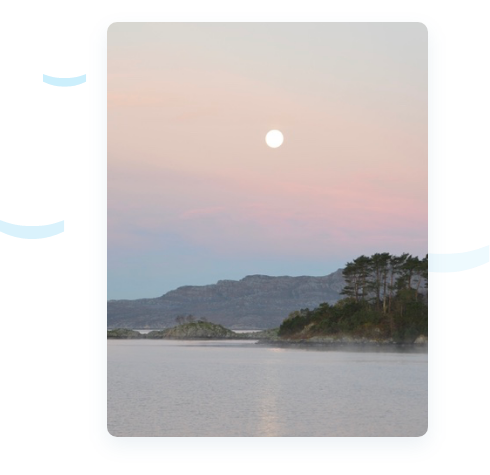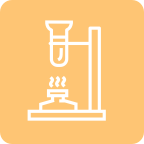Location and hydrographical system
On the west coast of Norway, just 20 km from the city of Bergen – the marine capital of Norway – lies a treasure for marine biologists: Espegrend marine biological station.
The station is easily accessible for international visitors, and the drive from Flesland international airport takes only 10 minutes. The station is situated at Raunefjorden, the entrance fjord to a larger system of interconnected fjords in a typical West-Norwegian landscape with bays, sounds, islands and skerries.
The Raunefjorden area belongs to a hydrographical system with little fresh-water influx. Species diversity is rich: more than 4 000 species of animals and about 250 species of higher algae have been found close to the station. Biodiversity is influenced by a high habitat diversity with a great diversity of bottom types. Deep-sea areas with up to 700m depth are located max 30 minutes from the station.
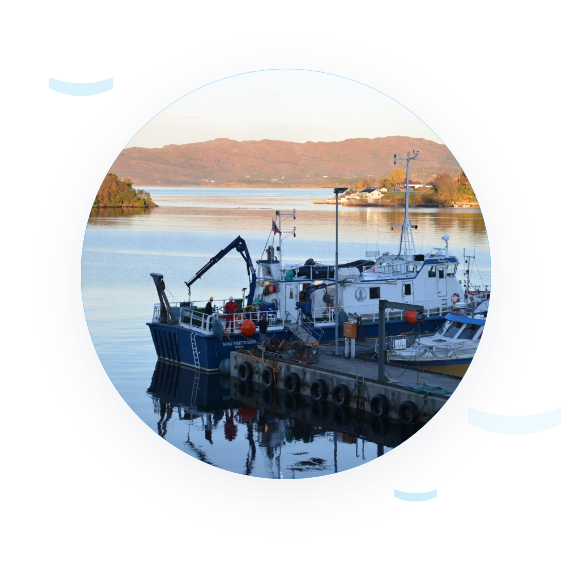
Sea conditions and fjords
The highest daily tidal amplitude is 160 cm, the lowest 70 cm. The surface salinity is rather constant, around 30 ‰. In the summer the surface temperature can reach 15°C, in the winter, it drops to 2-3°C. In deeper water, the hydrographical conditions are more stable, and the temperature varies between 6° and 8°C and the salinity is 34-35 ‰. The stratification influences flora and fauna: brackish-water species live at the surface, while marine forms take over a few metres down. On rare occasions with years between the water in the bay freezes, but only for a few metres from the shore and mostly at low tide.
Many animals characteristic of the deep sea occur in the fjords. In the fjord bottoms, there is a rich foraminiferan fauna. The trawls and dredges bring up sponges, large sea anemones, sea feathers, echiuroids, crustaceans, as well as deep-living holothurians. The prehistoric-looking rabbitfish (Chimarea monstrosa) probably draws more scientists to the Station than any other animal, except perhaps the hagfish (Myxine glutinesa). Small sharks, skates and rays are also common. Even the brownish medusa Periphylla periphylla and the octopus Bathypolypus bairdii can occur in great numbers in the fjords.
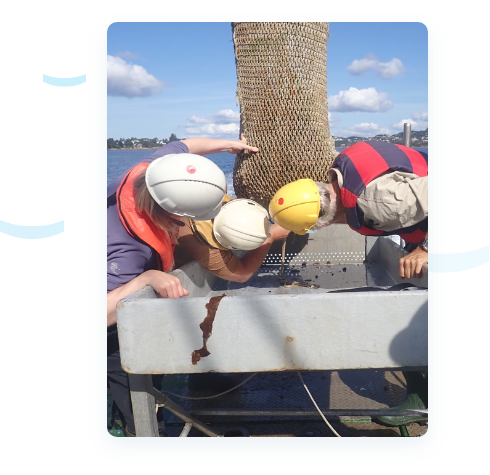
Experimental facilities
The Mesocosm Laboratory at the station includes a floating mesocosm laboratory and a land-based mesocosm system. The mesocosms are designed for large-scale experimental work on primary and secondary production and consist of enclosed water masses with volumes between 2 and 30 m3. Both physical, chemical, and biological parameters can be manipulated in a semi natural environment. Light recorder and land sensor with data logging appliance monitor environmental conditions in the mesocosms. The mesocosms have continuous water supply from the surface or from 40 m depth. Typical mesocosm experiments last for 3-6 weeks.
The aquaria at the station get their water from 40m depth, where the salinity is 34-35 ‰ and the temperature varies between 6° and 12°C during the year.
Thanks to the short distances to all kinds of biotopes and the equipment on board on the vessels, it is easy to bring living animals to the aquaria. Deep-water animals can also be caught easily and brought to the laboratory alive. The water in Raunefjorden and interconnected fjords is usually very clear, which makes diving to study of the fauna and flora feasible.
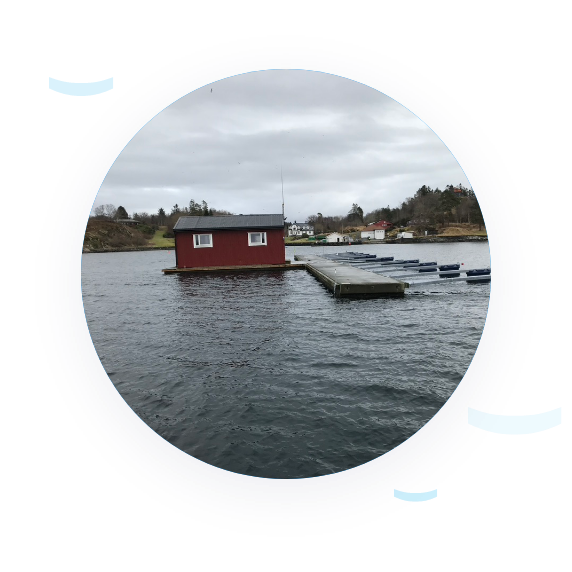
Instruments and accommodation
The station has basic analytical instruments, such as microscopes, larval culturing facilities, climate rooms, fumehoods and a chemistry laboratory. There are four outboard motorboats and a smaller research vessel, and the larger R/V Hans Brattström can operate from the station. Furthermore, there is equipment for sampling of live zooplankton as well as other sampling devices: dredges, sledges, fishing gear, and plankton nets.
Visitors can stay in the guest house. The main building has an auditorium, a meeting room for 30 people, offices and course lab for 23 students.
*All images provided by EMBRC Norway, ©Henrik Glenner
